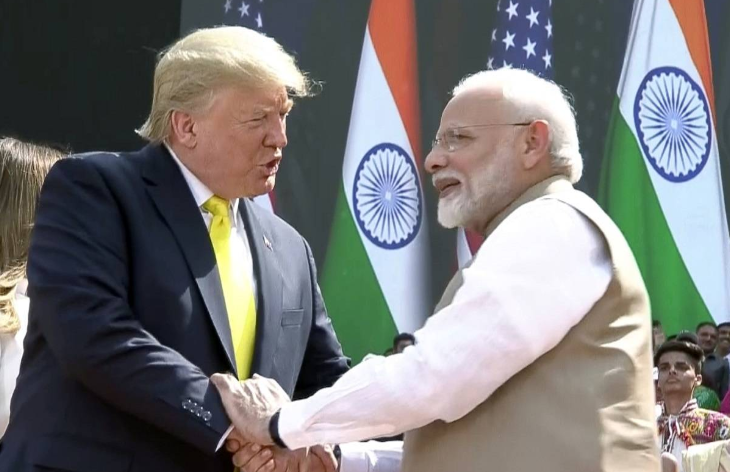While US President Donald Trump’s India visit is bound to go down in history as one of the most important moments in evolving Indo-US relations, for the sheer spectacle and serious issues like the exit of US troops from Taliban-hit Afghanistan and the trade differences, the most important and underrated aspect has to be how the two countries seen to be cooperating much more closely on the Nuclear front.
Amidst a number of other deals that are likely to be inked, an announcement on a “project proposal” for setting up six power reactors in collaboration with the Westinghouse Electric Company (WEC).
Making further progress on this front, the two countries are also expected to ink a fresh pact building on the Civil Nuclear Cooperation between India and the US that was signed in March 2019.
There is a long pending project proposal to establish these six Nuclear Power reactors with WEC. The fact that PM Modi and President Trump have been able to come closer towards an agreement on this civil nuclear project is in itself a massive turnaround in the Indo-US relations as far as Nuclear Cooperation is concerned.
According to plans, the ambitious project is to be set up at Kovvada on the eastern Andhra coast. Six AP-1000 reactor units of 1208 MWe (megawatt electric) capacity each will come up at Kovvada as a part of this proposal.
As such this is a long-pending project. The Union Cabinet had given an “in principle” approval for setting up the six Nuclear Reactors in foreign collaboration around two years ago in May 2017.
An official said, “The discussions to arrive at project proposals to set up nuclear power projects with foreign cooperation involve complex technical, commercial, legal, regulatory and other issues, which take time for conclusion. The project proposal will put the nuclear project in execution mode.”
For many decades, India and the US were not able to cooperate closely in this sector. The US remained reluctant given that India’s Nuclear Programme was outside the purview of the Treaty on the Non-Proliferation of Nuclear Weapons (NPT).
Since India’s Nuclear Programme fell outside the International safeguards, there was not much scope for cooperation between the two countries on this front.
Moreover, India’s ambitions of building nuclear weapons were a major roadblock in the path of Indo-US cooperation in the Civil Nuclear sector. Countries are usually reluctant to cooperate in Civil Nuclear projects primarily because of the reason that Nuclear Reactors set up for civilian purposes may also serve as raw materials for the Defence Nuclear Programme. The byproduct of such Civil Nuclear Reactors might aid the Nuclear weapon ambitions
The US sanctions, espionage and continued insistence on the part of the United States to get India to sign the NPT, which India at that time considered to be discriminatory did not bode well for relations in the Nuclear sector between India and the United States.
This is also the reason why the ‘Peaceful Nuclear Test (PNT)’ carried out in 1974 was seen as a threat by many countries across the world, including the United States. While India classified the test as PNT, it was seen as a display of India’s Nuclear weapon capabilities, and export of nuclear hardware and uranium to India was stopped.
The first indications of India and the US cooperating in the Nuclear sector had however come during the days of the Manmohan Singh government. President Bush saw an opportunity in long term partnership with India and cut through the biggest roadblock in the Indo-US ties, and the Civil Nuclear deal between India and the US became a reality.
A lot more could have been achieved had the UPA government at the time not given in to the criticism coming from within the Congress’ and its allies, particularly the left.
Finally, it seems that with PM Modi and President Trump at the helm of affairs, a major turnaround is in the offing. It seems that India and the US are truly achieving their potential as far as the Nuclear sector is concerned.
Things have come full circle for India and the US. There was a time when the American establishment was making all possible attempts to block India’s rise as a Nuclear power fearing India’s ambitions of developing a Nuclear weapon. Today, the two countries are co-operating closely in the Civil Nuclear sector as the US is no longer apprehensive about India’s Nuclear weapons programme any longer.
